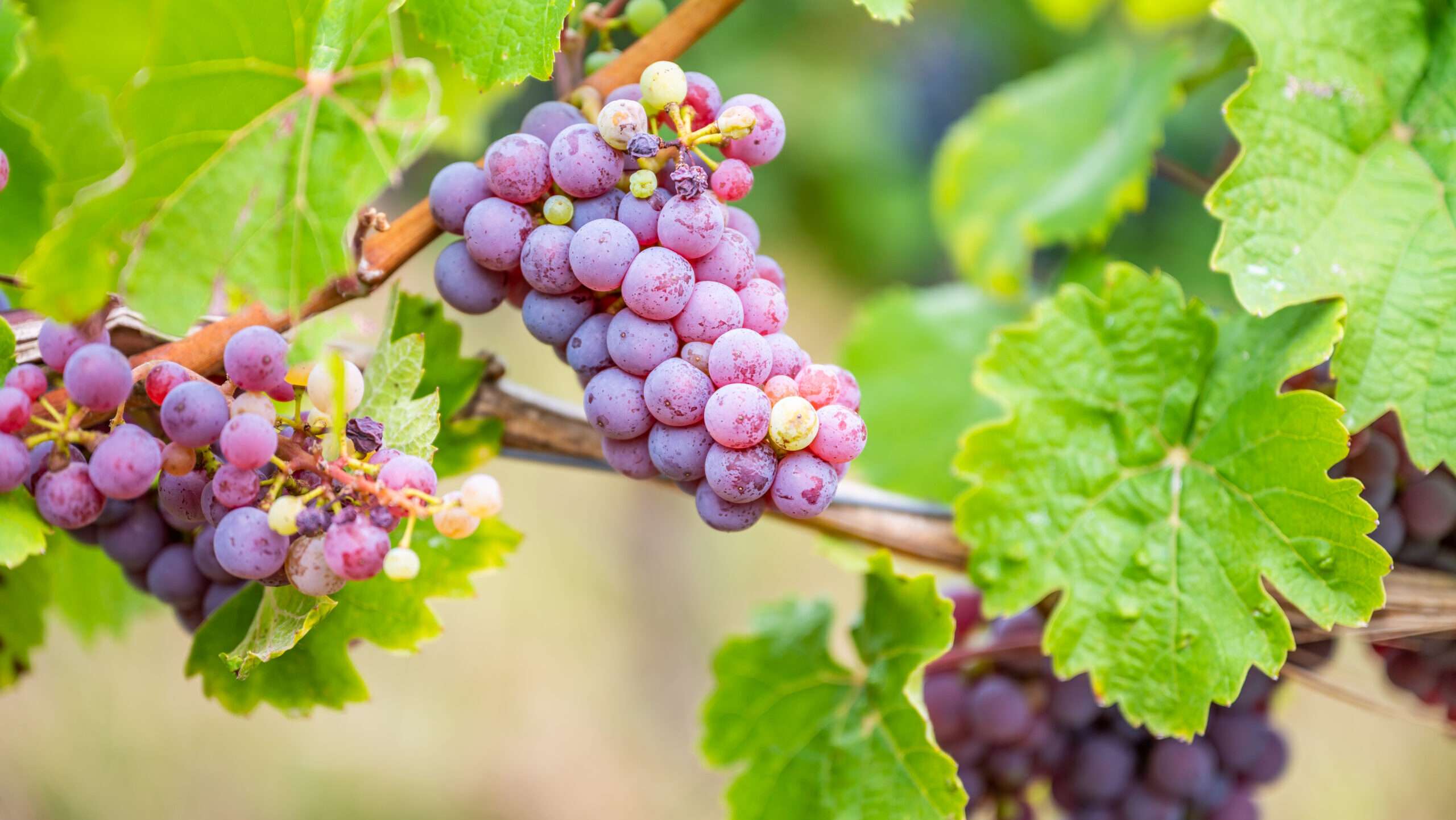Back in 1976, California wines made history at the Judgment of Paris by outshining French wines in a prestigious tasting competition. This unexpected victory, judged by the French no less, drew attention to Napa Valley as tourists began to flock to the region. A decade later, in 1986, California became the first state in the country to allow direct-to-consumer wine shipping, revolutionizing the wine industry.
Fast forward to today, and the very businesses that propelled Napa Valley to fame are facing challenges imposed by the Napa County government.
The roots of this conflict trace back to 1968 when the Napa Agriculture Preserve was established to protect agricultural zoning. Subsequent ordinances, such as the Winery Definition Ordinance in 1990, laid out strict regulations for wineries, including the requirement for a use permit.
To conduct tastings, wineries must have an on-site wine production facility, which comes with a hefty price tag of up to $5 million. This disproportionately benefits large corporate wineries that can afford such expenses. Small wineries existing before the 1990 ordinance were exempt from certain requirements, but recent changes have left many in legal limbo.
Several wineries that have been hosting tastings for years were blindsided by sudden restrictions imposed by the county. This regulatory confusion stems from Napa County’s convoluted code, which has allowed officials to restrict winery operations at their discretion.
The situation extends beyond tasting policies, with wineries facing citations for various activities, including replanting vineyards after wildfires and sourcing grapes from outside Napa County.
In response to these challenges, three Napa wineries have filed a lawsuit against the county, claiming that the regulations violate state laws and the First Amendment. They argue that hosting tastings and cultural events are protected activities, and the grape mandate amounts to economic protectionism.
Despite attempts by the county to introduce new permits for micro-wineries, the approval process has been slow, leaving many wineries in a state of regulatory uncertainty.
Amid a global downturn in the wine market, Napa officials should be supporting their wineries instead of stifling them. It’s been over five decades since the Judgment of Paris, yet many wineries in Napa Valley still face obstacles in serving their customers.





